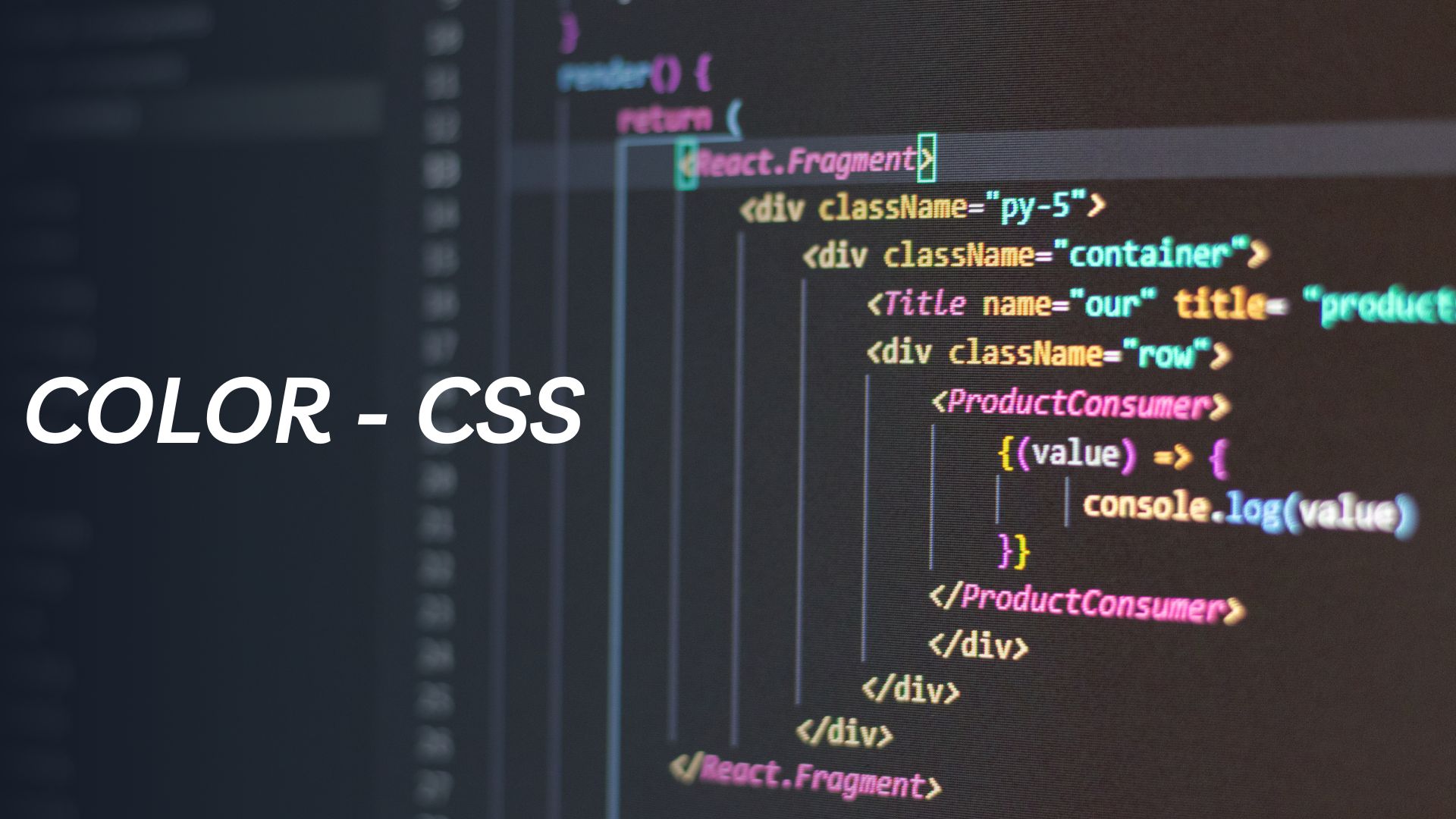In CSS, the color property is used to set the text color of an element. It defines the foreground color for the content of the element, such as text and text decorations. The color property accepts various color values, including named colors, hexadecimal color codes, RGB values, HSL values, and more.
Here are some common ways to use the color property:
Named Colors: CSS supports a set of predefined color names that you can use directly. Some examples include:
p {
color: red;
}h1 {
color: blue;
}
Hexadecimal Color Codes: Hex codes represent colors using a combination of six characters, consisting of numbers (0-9) and letters (A-F). They start with a hash symbol (#) followed by the color code. For example:
span {
color: #00ff00; /* Green */
}div {
color: #f2a8e4; /* Light pink */
}
RGB Values: RGB stands for Red, Green, and Blue, and each component ranges from 0 to 255. It’s represented using the rgb() function:
h2 {
color: rgb(255, 0, 128); /* Magenta */
}
RGBA Values: Similar to RGB, RGBA also includes an alpha (transparency) value, ranging from 0 (fully transparent) to 1 (fully opaque):
button {
color: rgba(0, 128, 255, 0.7); /* Semi-transparent blue */
}
HSL Values: HSL stands for Hue, Saturation, and Lightness. The hue is represented by an angle (0 to 360), while saturation and lightness are percentages from 0% to 100%. It’s represented using the hsl() function:
a {
color: hsl(200, 100%, 50%); /* Pure green */
}
HSLA Values: Similar to HSL, HSLA also includes an alpha (transparency) value, ranging from 0 to 1:
blockquote {
color: hsla(45, 100%, 50%, 0.5); /* Semi-transparent orange */
}
Remember that the color property is not limited to just text; it can also apply to other elements that support the color property, such as borders or backgrounds. By using the color property strategically, you can create visually appealing and harmonious designs for your web pages.

One response to “Color in CSS”
Nice